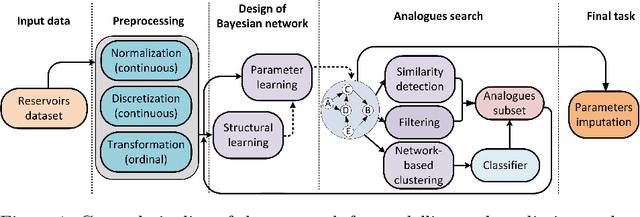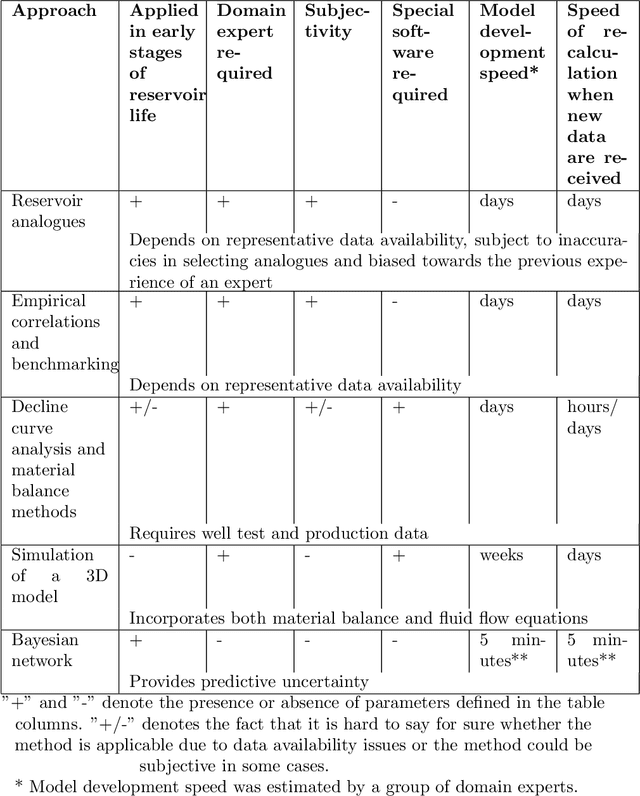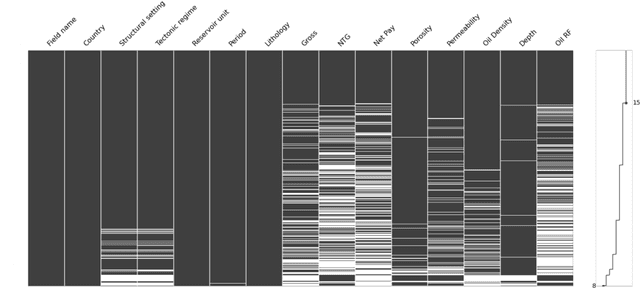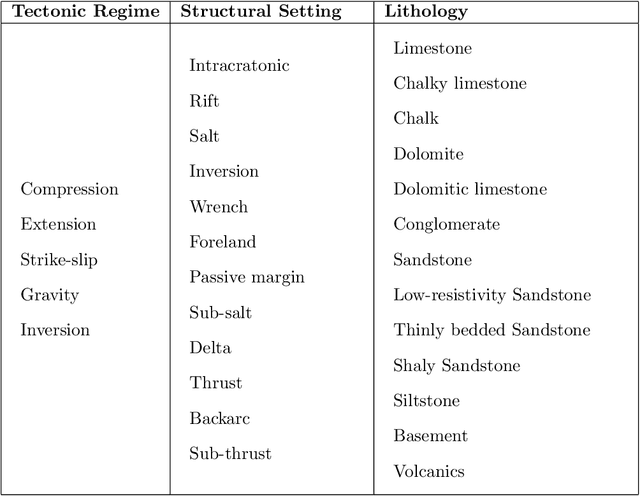Nikolay Nikitin
Hybrid Generative AI for De Novo Design of Co-Crystals with Enhanced Tabletability
Oct 22, 2024Abstract:Co-crystallization is an accessible way to control physicochemical characteristics of organic crystals, which finds many biomedical applications. In this work, we present Generative Method for Co-crystal Design (GEMCODE), a novel pipeline for automated co-crystal screening based on the hybridization of deep generative models and evolutionary optimization for broader exploration of the target chemical space. GEMCODE enables fast de novo co-crystal design with target tabletability profiles, which is crucial for the development of pharmaceuticals. With a series of experimental studies highlighting validation and discovery cases, we show that GEMCODE is effective even under realistic computational constraints. Furthermore, we explore the potential of language models in generating co-crystals. Finally, we present numerous previously unknown co-crystals predicted by GEMCODE and discuss its potential in accelerating drug development.
Oil reservoir recovery factor assessment using Bayesian networks based on advanced approaches to analogues clustering
Apr 01, 2022



Abstract:The work focuses on the modelling and imputation of oil and gas reservoirs parameters, specifically, the problem of predicting the oil recovery factor (RF) using Bayesian networks (BNs). Recovery forecasting is critical for the oil and gas industry as it directly affects a company's profit. However, current approaches to forecasting the RF are complex and computationally expensive. In addition, they require vast amount of data and are difficult to constrain in the early stages of reservoir development. To address this problem, we propose a BN approach and describe ways to improve parameter predictions' accuracy. Various training hyperparameters for BNs were considered, and the best ones were used. The approaches of structure and parameter learning, data discretization and normalization, subsampling on analogues of the target reservoir, clustering of networks and data filtering were considered. Finally, a physical model of a synthetic oil reservoir was used to validate BNs' predictions of the RF. All approaches to modelling based on BNs provide full coverage of the confidence interval for the RF predicted by the physical model, but at the same time require less time and data for modelling, which demonstrates the possibility of using in the early stages of reservoirs development. The main result of the work can be considered the development of a methodology for studying the parameters of reservoirs based on Bayesian networks built on small amounts of data and with minimal involvement of expert knowledge. The methodology was tested on the example of the problem of the recovery factor imputation.
 Add to Chrome
Add to Chrome Add to Firefox
Add to Firefox Add to Edge
Add to Edge